Sleeping in a colder room facilitates falling asleep faster; it may also help you stay asleep longer and with higher sleep quality. Keep reading to discover why a colder sleep environment can be beneficial for your sleep!
How does body temperature change with sleep?
When you start to get sleepy, your body makes a sleep hormone called melatonin. Melatonin production starts once it is dark outside and its increase parallels with a reduction in your core (internal) body temperature. Sleep begins once your core temperature is reduced (~1.3°C or 2°F) and the skin temperature of your hands and feet is equivalent to the skin temperature of your abdomen and forehead. Near the onset of sleep, arteries and veins dilate in the hands and feet, allowing more heat from the core to flow to your extremities. Some of this heat is then lost to the environment through capillaries and skin (Fig 1). Whether you wear socks to bed or not can even affect the duration and quality of your sleep! Wearing synthetic-material (tight or non-breathable) socks can lead to worse sleep, as the heat from your feet cannot dissipate as easily. Conversely, if you have persistently cold feet, wearing breathable and loose socks can help dilate your veins and arteries to induce sleep sooner.

The warming of hands and feet, along with the cooling of the body core, turns on genes related to housekeeping functions that are essential to feeling refreshed and recovered in the morning.
What is circadian rhythms’ relationship to temperature?
Your circadian rhythm is your sleep-wake cycle that happens over a 24-hour period. If you have ever done night shift work or traveled across the ocean you have experienced a disruption in your circadian rhythm. Disruptions in the circadian rhythm result in undesirable symptoms including increased anxiety and insomnia.
In Figure 2, the relationship between sleep, the release of melatonin, and the body’s core temperature are shown during a typical circadian rhythm.

Your circadian rhythm can be interrupted for other reasons besides travel and shift work:
- Artificial lights (delay melatonin release)
- Ambient temperature (too hot or too cold)
- Eating before 8 am or after 6 pm (core temperature increases during digestion)
- Exercising too close to bedtime (core temperature too hot)
- Alcohol (reduces melatonin)
- Caffeine (delays melatonin release)
Melatonin release is necessary for sleep and its production is dependent on both the lack of light and the ability of the body to lower its core body temperature. Reducing your core temperature faster by changing your environment’s temperature is a way to minimize interruptions in your circadian rhythm.
Which type of sleep is most affected by sleep temperatures that are too hot or too cold?
Sleep quality is most affected by temperatures that are too cold, however, since most people sleep with blankets, getting too hot is a much more common issue. Heat exposure causes more frequent wakefulness and reduces both deep sleep and REM sleep stages. REM sleep is most frequently cut short due to overheating. When the environment is too warm, the release of heat from your feet and hands to the air is decreased. As a result, your core cannot properly lower its temperature for quality sleep, and you will be stirred awake.
Which room temperature is optimal for sleep?
The optimal room temperature for sleep depends on a person’s age. An adult under the age of sixty-five has an optimal ambient temperature for sleeping at around 65°F (18.3°C). The optimal for toddlers and kids is a couple of degrees warmer while adults over sixty-five need even warmer temperatures (Figure 3). Going to sleep at lower room temperatures can help reduce your body’s core temperature at a faster rate, minimizing the time needed to fall asleep.

How can I optimize my ambient sleep temperature?
Changing the ambient sleeping temperature by controlling our heating and air conditioning is one way to optimize our sleep environment. There are also various commercial heating and cooling systems available that work directly on the mattress of the bed. One company, Eight Sleep, had a successful year-long clinical study comparing sleep when their “POD mattress cover” was on versus off for the same sleepers.
- Time to sleep decreased by over 6-7 minutes.
- Men had an average increase in deep sleep of 14 minutes.
- Women had an average increase of REM sleep by over 9 minutes.
- Men had an average of three fewer awakenings.
- Women had a reduction in total awake time of over 8 minutes.
In conclusion, optimizing the environmental temperature when you go to sleep (and during sleep) can help to increase the rate of melatonin production while quickly dropping your core temperature. You will be able to fall asleep faster, get better quality sleep, and reduce sleep interruptions that are related to overheating.
References
Baniassadi, A. (2023, August 14). Sleep and Rising Temperatures: The Hidden Impact of Climate Change on Older Adults. Retrieved from hebrewseniorlife.org: https://www.hebrewseniorlife.org/blog/sleep-and-rising-temperatures-hidden-impact-climate-change-older-adults
Bradford, A. (2019, March 8). This one tip will help you sleep better tonight. Retrieved from CNet.com: https://www.cnet.com/health/sleep/temperature-to-sleep-better/
Can Wearing Socks to Bed Help You Sleep Better? (2022, January 24). Retrieved from Health.ClevelandClinic.org: https://health.clevelandclinic.org/sleeping-with-socks-on
Harding, E. C., Franks , N. P., & Wisden, W. (2020). Sleep and thermoregulation. Current Opinion in Physiology, 15, 7-13.
Harding, E. C., Franks, N. P., & Wisden, W. (2019, APril 24). The Temperature Dependence of Sleep. Frontiers in Neuroscience, 13(336).
Marshall, S. (2024, June 14). What is the best temperature for sleep? Retrieved from ncoa.org: https://www.ncoa.org/adviser/sleep/best-temperature-for-sleep/#:~:text=Younger%20adults%20may%20sleep%20well,Science%20of%20The%20Total%20Environment.
Moyen, N. E., Ediger, T. R., Taylor, K. M., Hancock, E. G., Holden, L. D., Tracy, E. E., . . . He, D. D. (2024, April 3). Sleeping for One Week on a Temperature-Controlled Mattress Cover Improves Sleep and Cardiovascular Recovery. Bioengineering, 11(4).
Okamoto-Mizuno, K., & Mizuno, K. (2012, May 31). Effects of thermal environment on sleep and circadian rhythm. Journal of Physiological Anthropology, 1(14).
Refinetti, R. (2020). Circadian rhythmicity of body temperature and metabolism. Temperature, 7(4), 321-362.
Summer, J., & Singh, A. (2024, April 18). CIrcadian Rhythm Fasting. Retrieved from sleepfoundation.org: https://www.sleepfoundation.org/nutrition/circadian-rhythm-fasting#:~:text=Ideal%20eating%20hours%20for%20a,cortisol%2C%20insulin%2C%20and%20leptin.




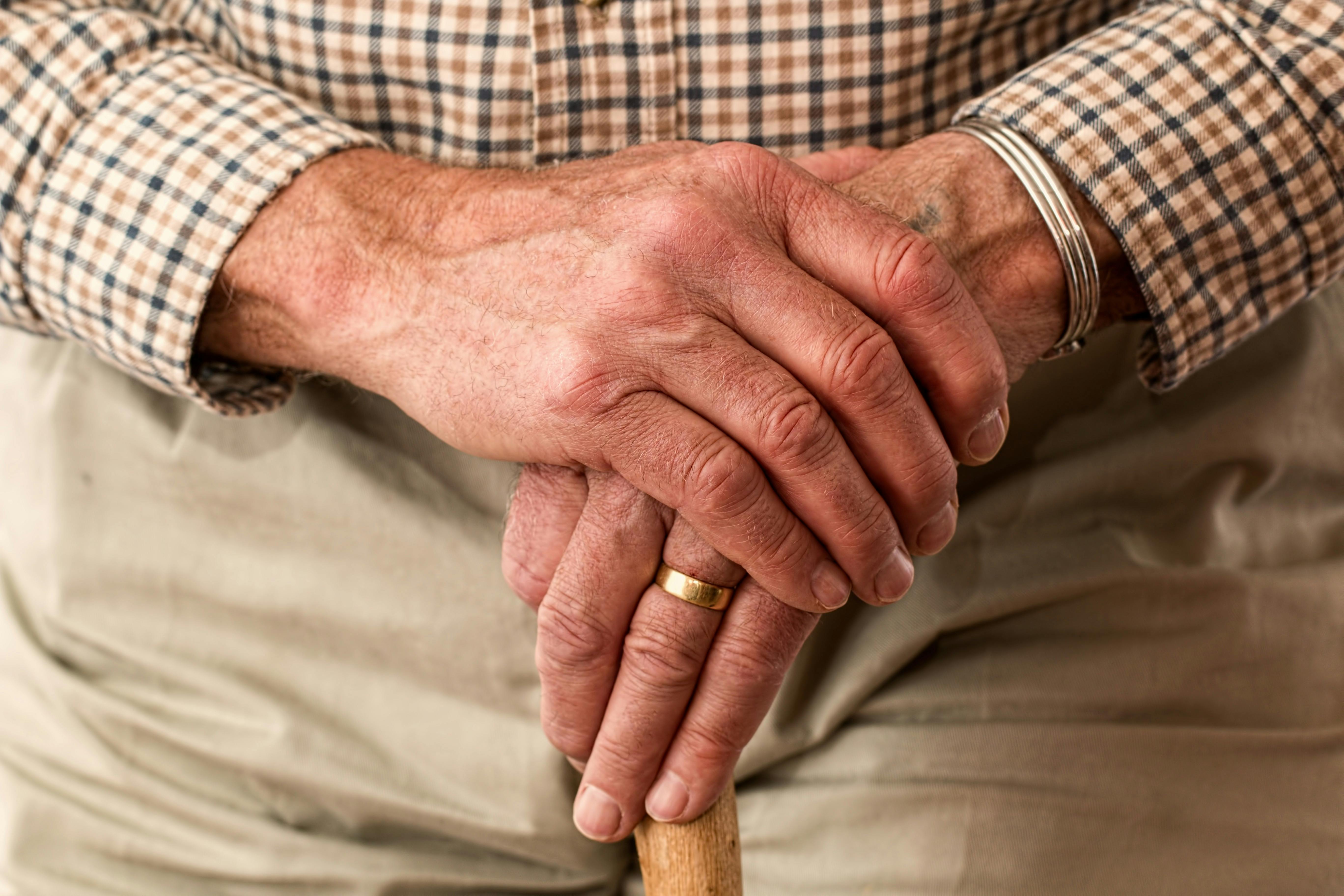



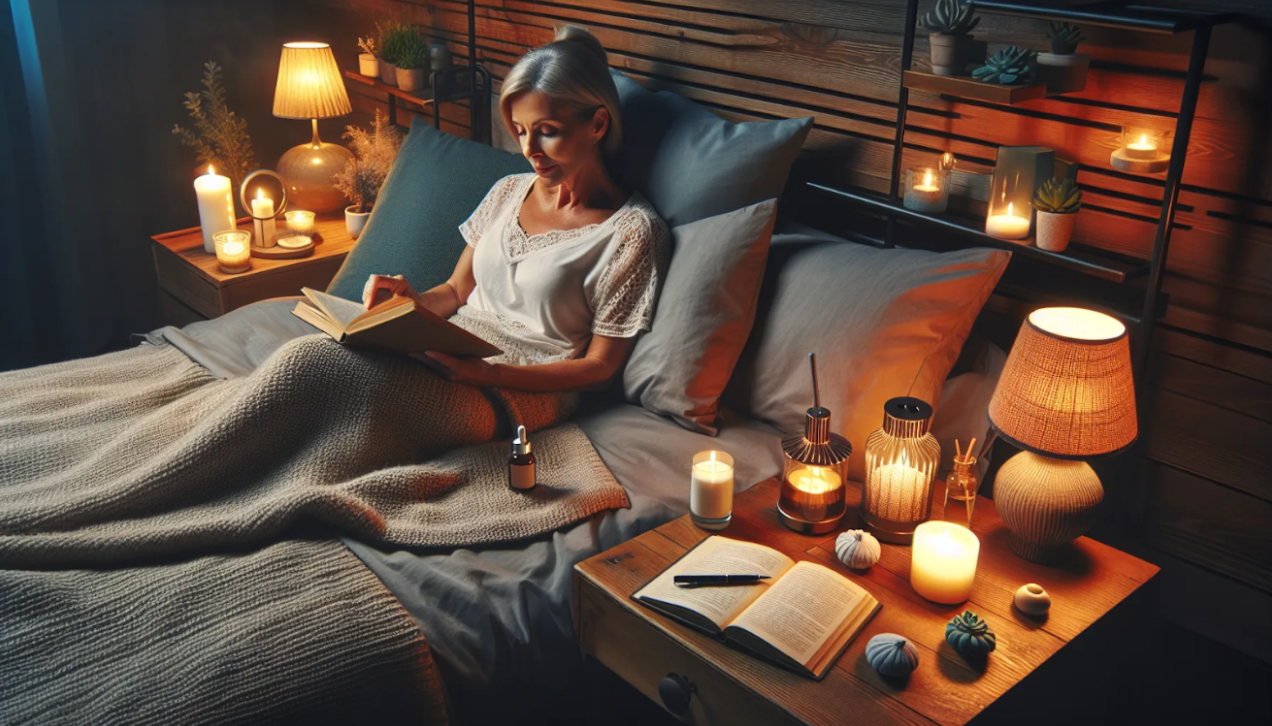
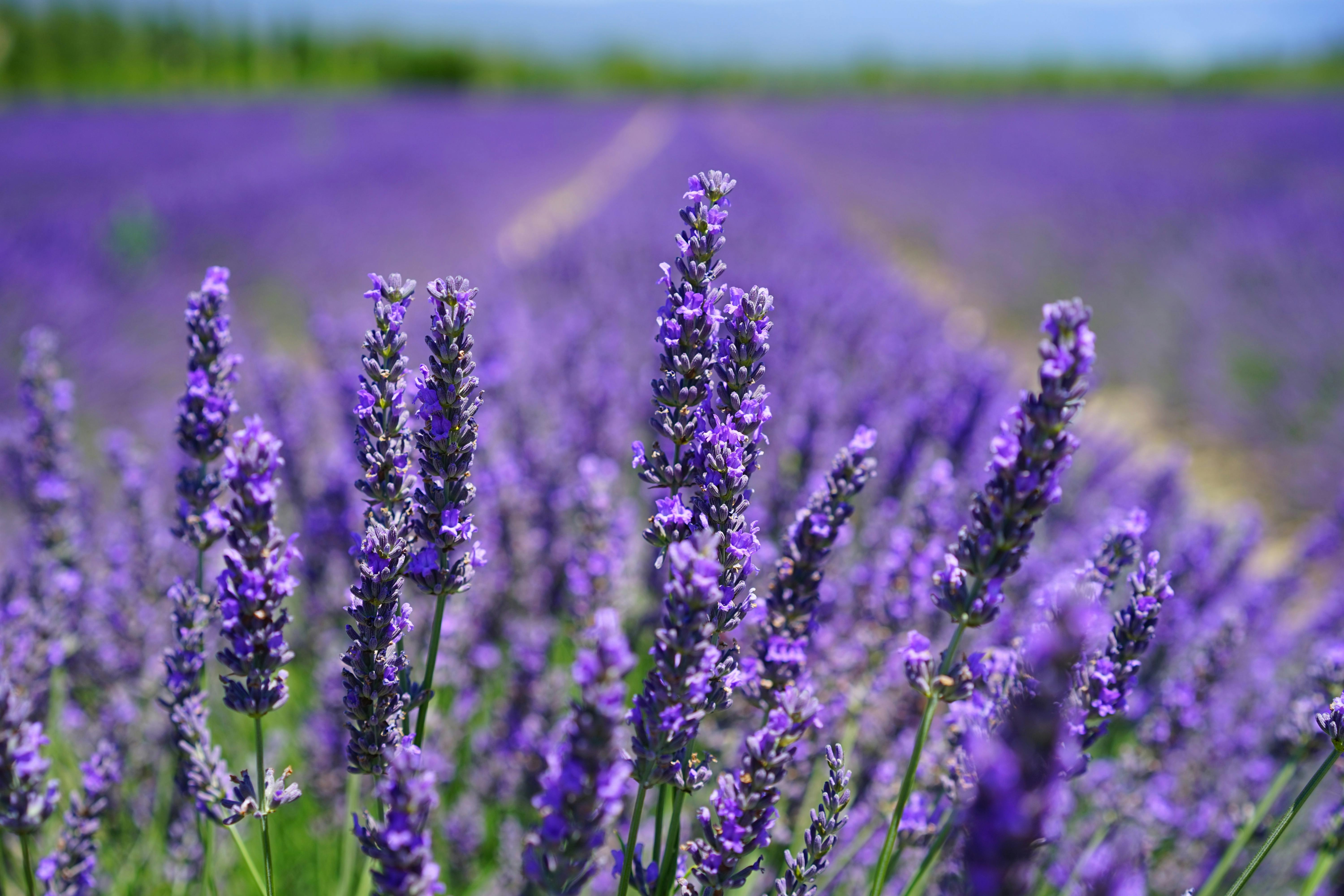
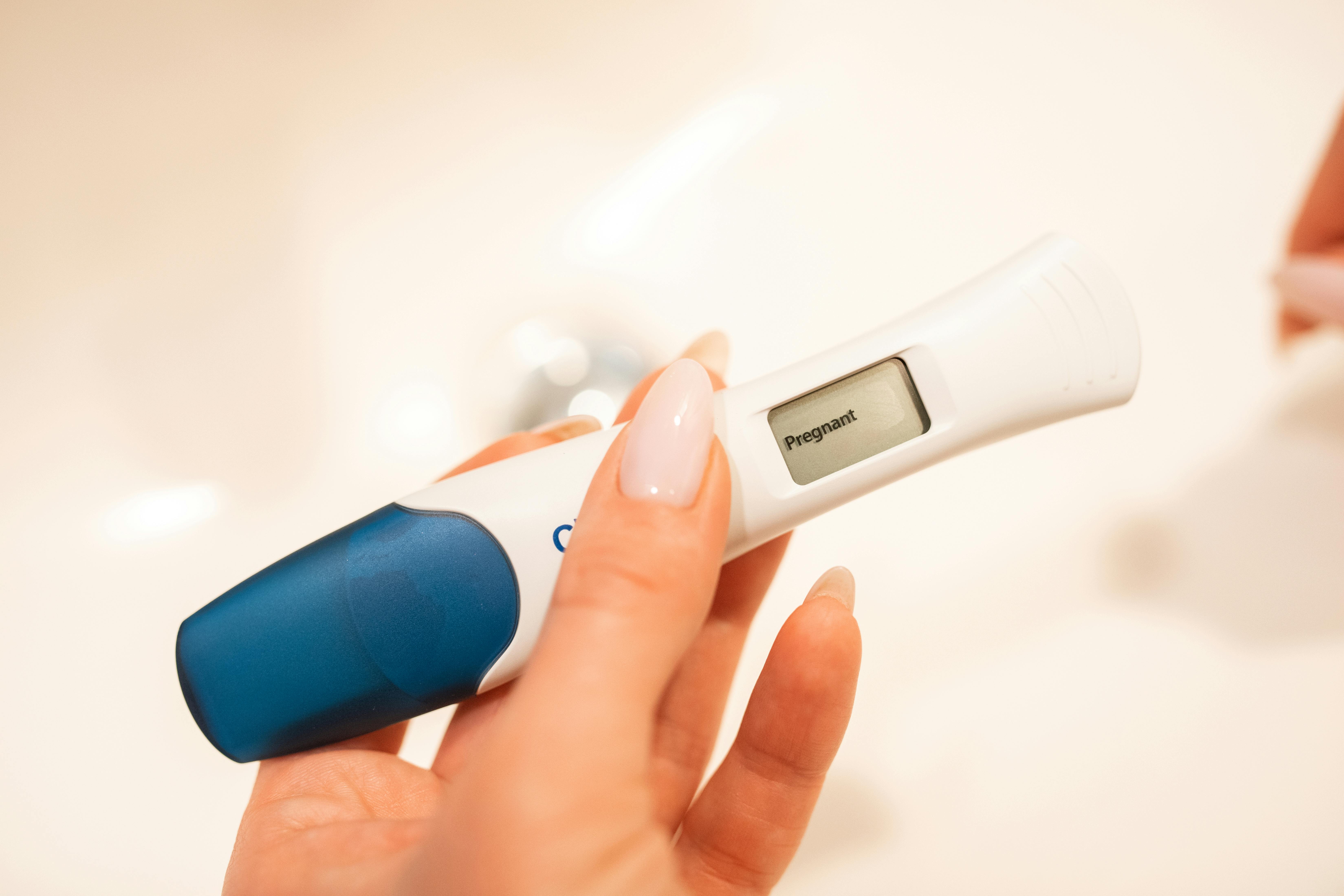
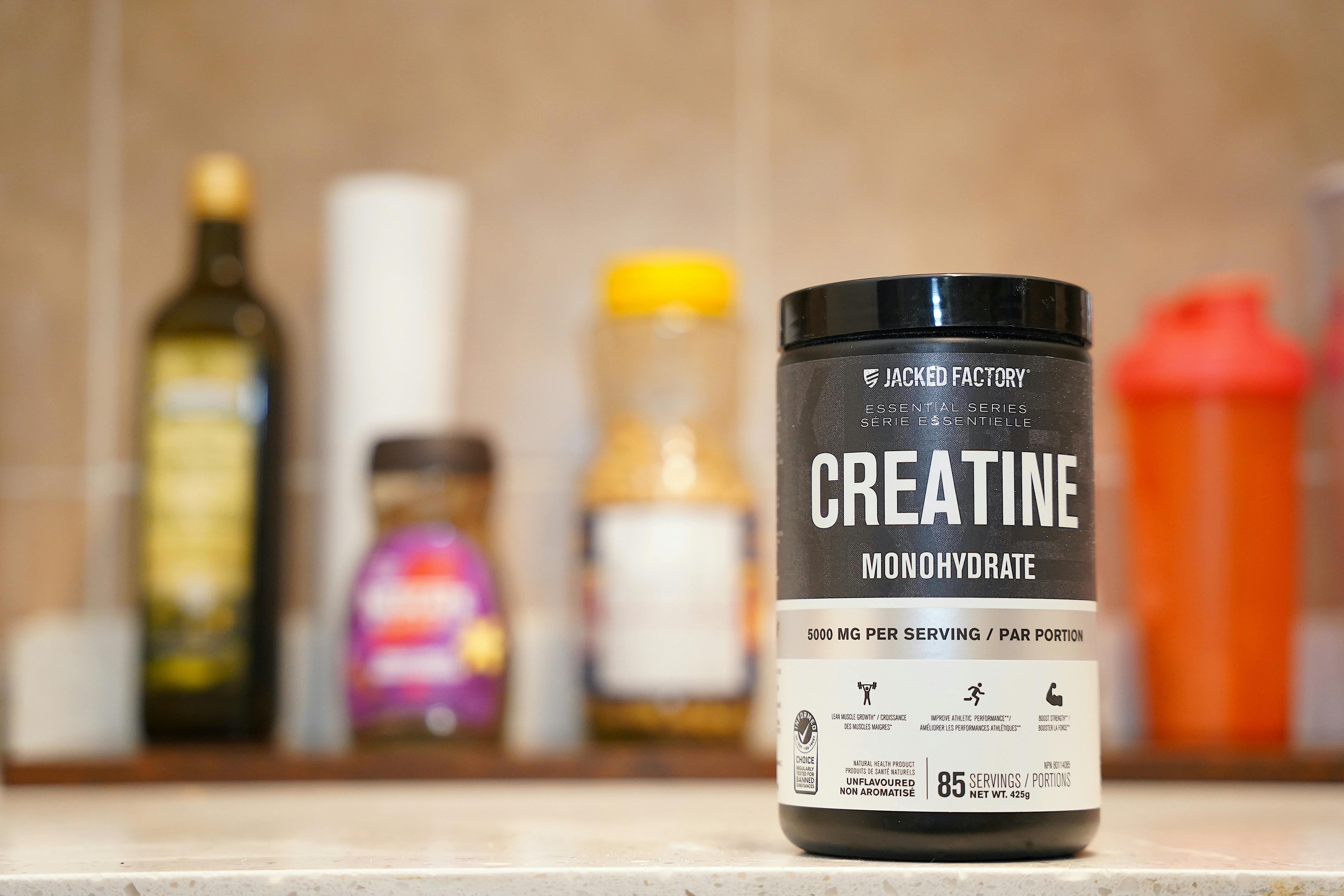






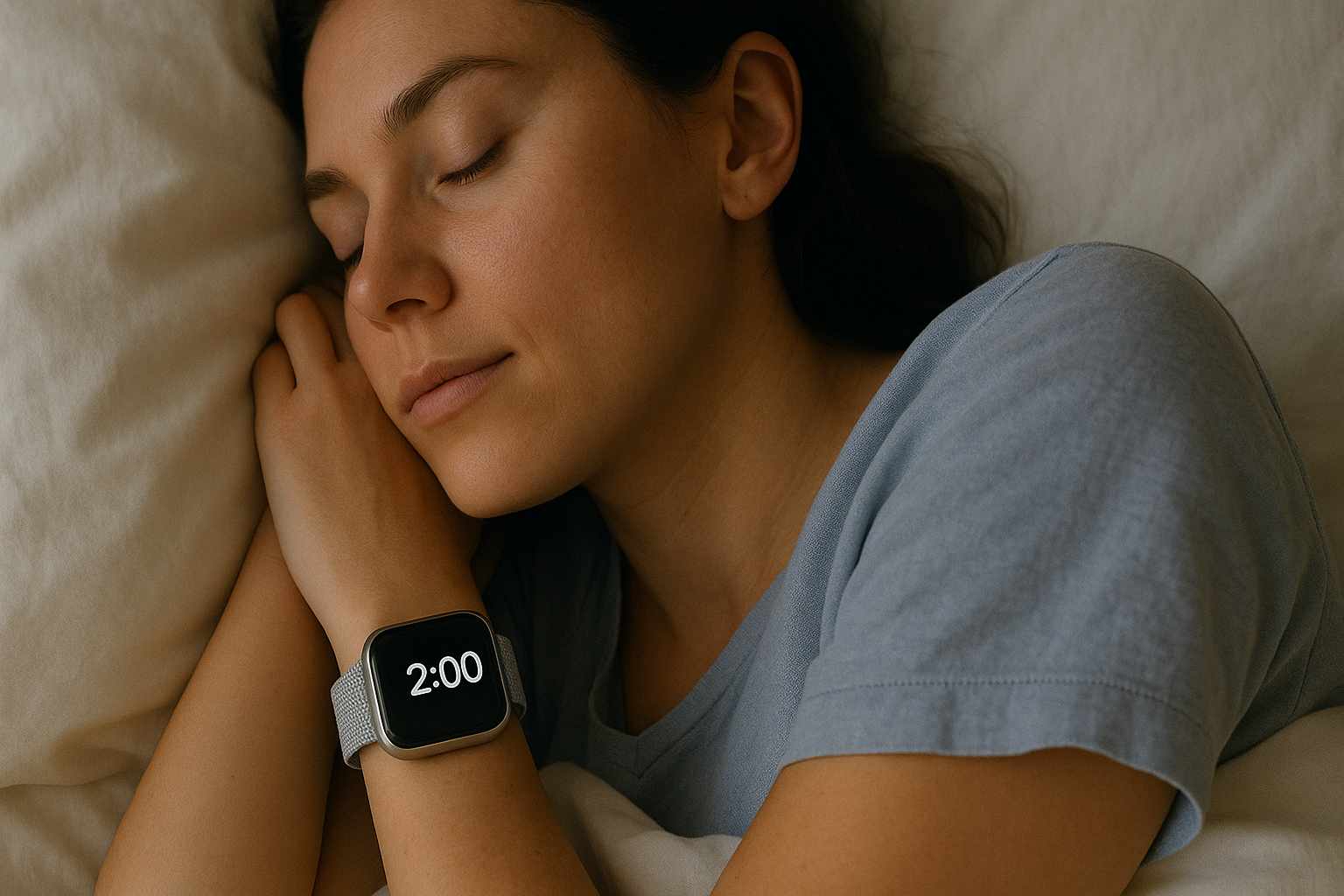


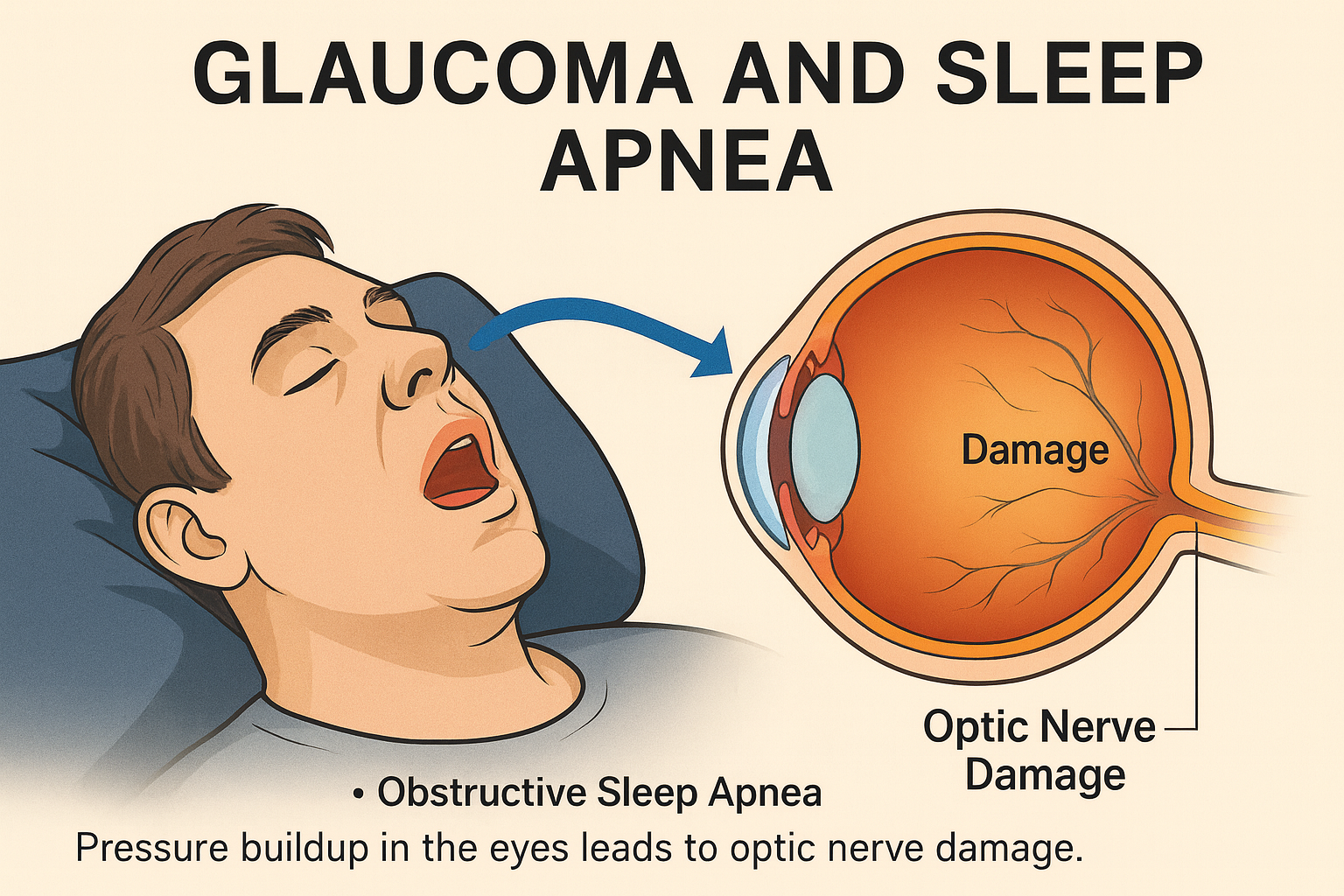

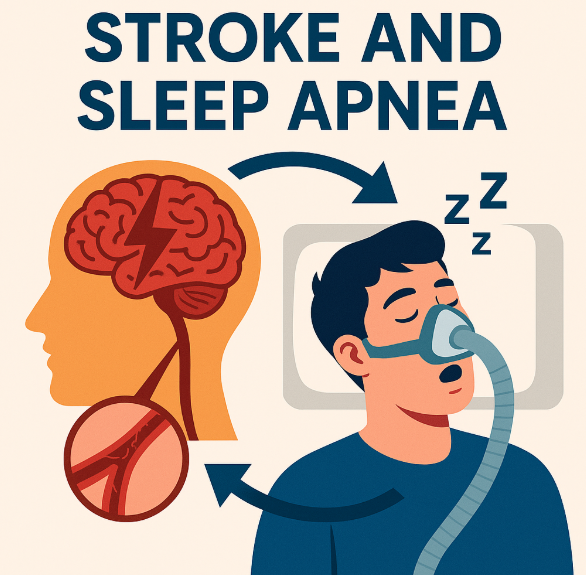
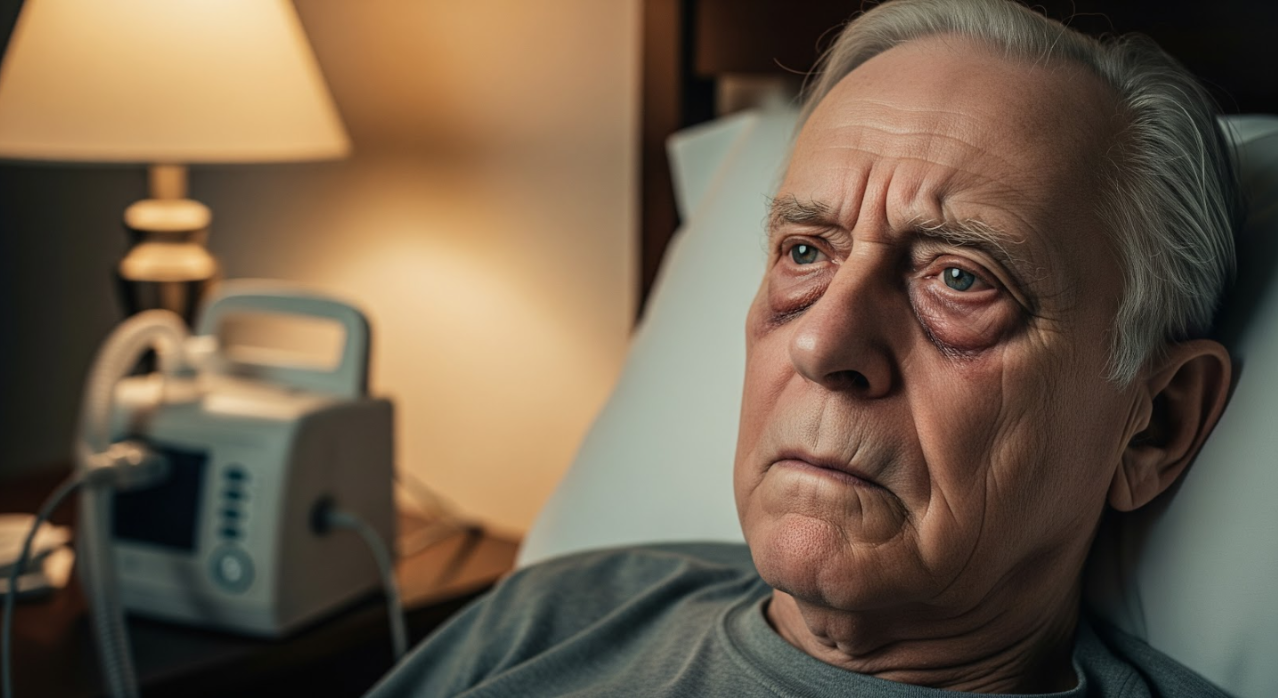
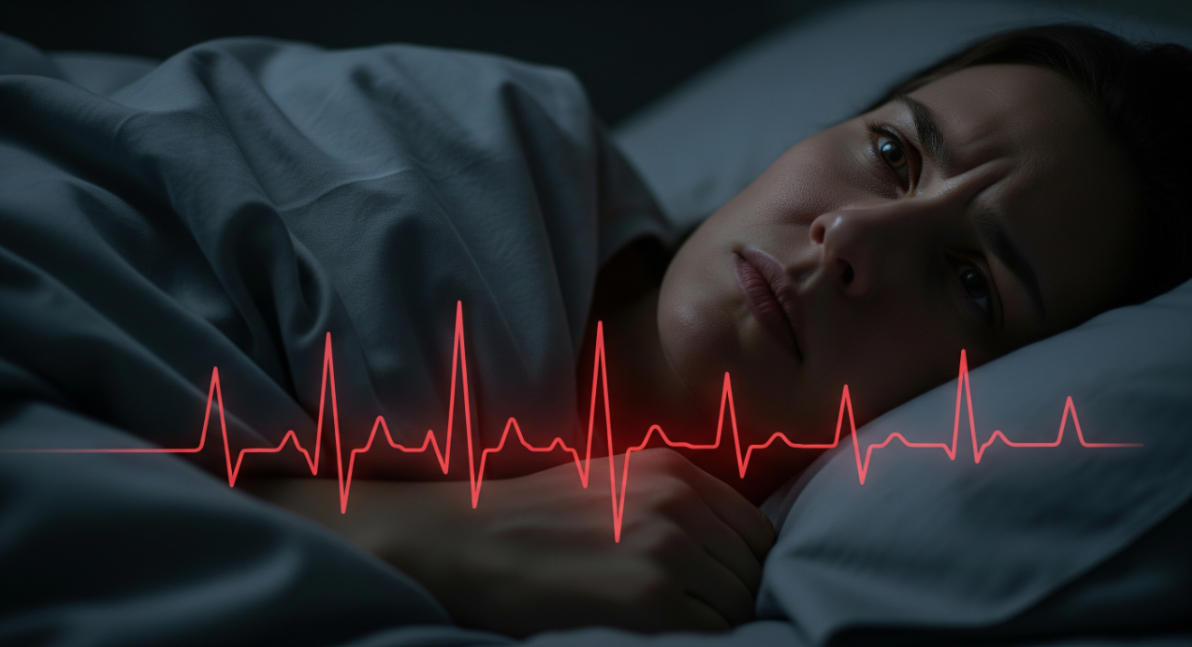
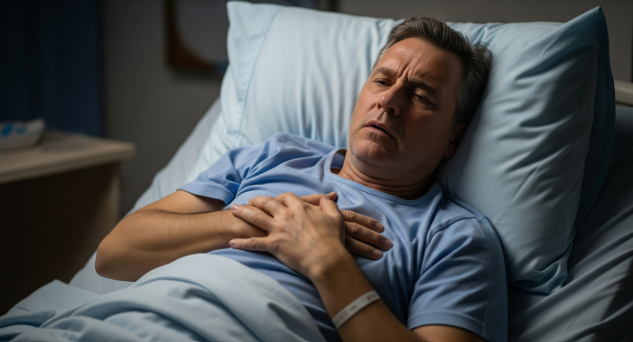




























































%20thumbnail.jpg)
.png)